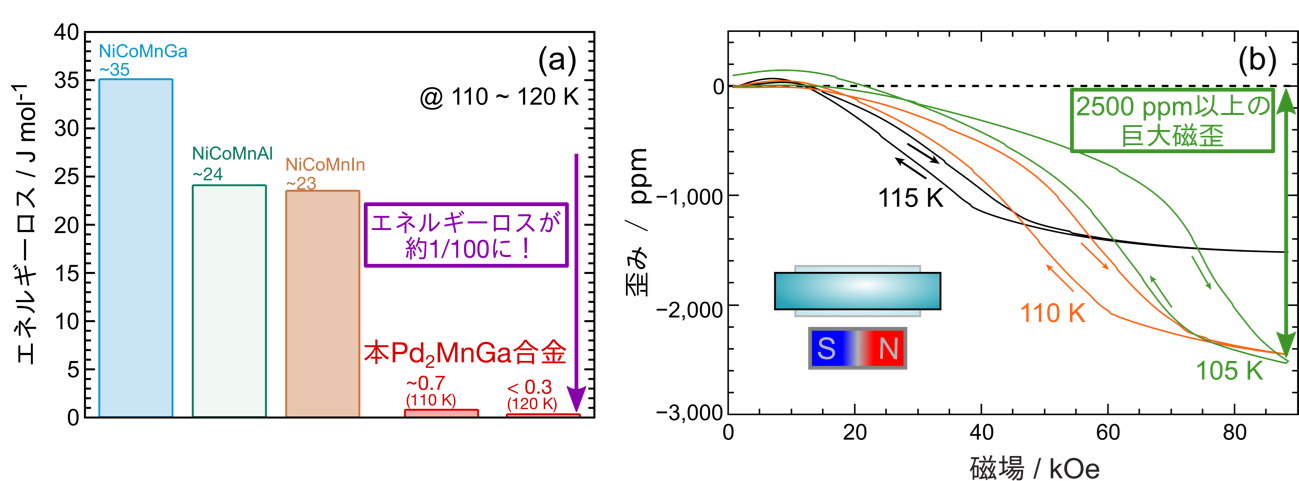2023-06-12 ピッツバーグ大学
◆ピッツバーグ大学とウェストバージニア大学の研究者は、後燃焼石炭火力発電所からの排出ガスからCO2を捕集する新しいプロセスを開発しました。このプロセスはSO2を除去し、CO2の90%以上を捕集しながら、高品質なNaHCO3ナノマテリアルを生産します。
<関連情報>
- https://news.engineering.pitt.edu/cheme-professor-badie-morsis-research-higlighted-in-advances-in-engineering/
- https://www.sciencedirect.com/science/article/abs/pii/S1750583622001797?via%3Dihub
高付加価値のNaHCO3ナノ材料を製造する燃焼後CO2回収のための革新的プロセスの開発 Development of an innovative process for post-combustion CO2 capture to produce high-value NaHCO3 nanomaterials
Rui Wang, Husain E. Ashkanani, Bingyun Li, Badie I. Morsi
International Journal of Greenhouse Gas Control Available online :29 August 2022
DOI:https://doi.org/10.1016/j.ijggc.2022.103761
Abstract
An innovative post-combustion process using aqueous sodium glycinates solutions (SGS) for CO2 capture from a split flue gas stream emitted from the 600 MWe coal power plant, used in the Wolverine Clean Energy Venture (WCEV) project, was developed in Aspen Plus v.10. The flue gas flow rate used in the process was 12.43 kg/s (at 353.15 K and 101.33 kPa) and contained 0.0023 and 13.33 mol% of SO2 and CO2, respectively. The overall process includes 5 main units designed to remove all SO2 and capture more than 90 mol% of CO2 in the flue gas stream, while producing high-value, salable sodium bicarbonate (NaHCO3) nanomaterials to offset the total process costs. The hydraulics, mass transfer characteristics, and process performance obtained using Aspen Plus were discussed. Also, the capital expenditure (CAPEX), operating expenditure (OPEX), and Levelized cost of CO2 capture (LCOC) were calculated to assess the feasibility of this process.
The hydraulics in the SO2 washing and CO2 capture units showed a pressure drop of 12 and 1 kPa, respectively, and the behaviors of the liquid holdup and normalized packing specific wetted surface area were similar in both units. The gas-side mass transfer coefficients were orders of magnitude greater than the liquid-side mass transfer coefficients. The process was able to capture 2.352 kg/s of CO2 and produce 4.486 kg/s of valuable NaHCO3 nanomaterials. Also, the calculated CAPEX, OPEX, and LCOC of the process for a 30-year plant lifetime were ($4,450,552), (233.00 $/h) and (35.49 $/ton of CO2 captured), respectively.




